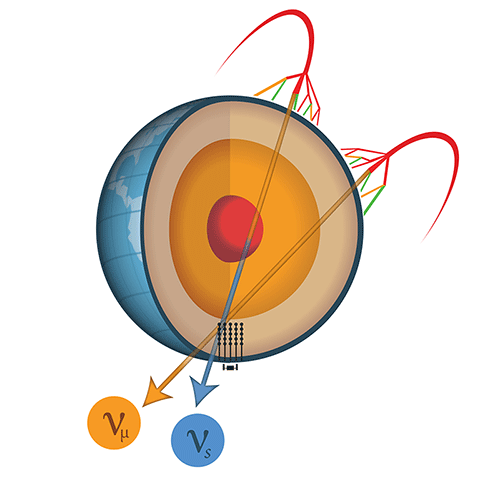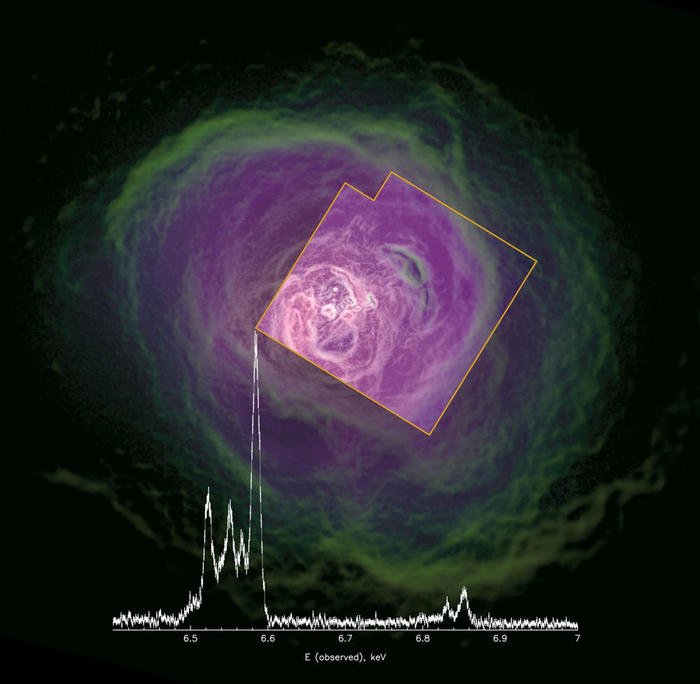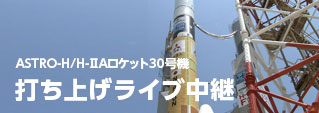2016年12月9日金曜日
2016年11月23日水曜日
2016年11月8日火曜日
2016年10月12日水曜日
2016年10月4日火曜日
2016年9月14日水曜日
2016年8月10日水曜日
2016年7月26日火曜日
2016年7月7日木曜日
The quiescent intracluster medium in the core of the Perseus cluster
http://www.nature.com/nature/journal/v535/n7610/full/nature18627.html
http://adsabs.harvard.edu/abs/2016Natur.535..117H
In news articles:
https://www.nasa.gov/feature/goddard/2016/hitomi-mission-charts-hot-winds-of-a-galaxy-cluster-for-the-first-time
http://sci.esa.int/hitomi/58045-galaxy-cluster-keeps-calm-and-carries-on-radiating-x-rays/
http://www.cam.ac.uk/research/news/dead-satellite-finds-a-calm-centre-at-the-heart-of-brightest-galaxy-cluster-in-the-sky
http://news.biglobe.ne.jp/domestic/0707/jj_160707_8428081918.html
銀河団ガスの動き検出=「ひとみ」試験観測中の成果―JAXA
http://adsabs.harvard.edu/abs/2016Natur.535..117H
In news articles:
https://www.nasa.gov/feature/goddard/2016/hitomi-mission-charts-hot-winds-of-a-galaxy-cluster-for-the-first-time
http://sci.esa.int/hitomi/58045-galaxy-cluster-keeps-calm-and-carries-on-radiating-x-rays/
http://www.cam.ac.uk/research/news/dead-satellite-finds-a-calm-centre-at-the-heart-of-brightest-galaxy-cluster-in-the-sky
http://news.biglobe.ne.jp/domestic/0707/jj_160707_8428081918.html
銀河団ガスの動き検出=「ひとみ」試験観測中の成果―JAXA
2016年6月28日火曜日
2016年6月18日土曜日
2016年4月15日金曜日
2016年4月1日金曜日
Hitomi Operation at USC 2016 March
2016-03-22 -> 2016-04-03
hard days and nights.
https://thepage.jp/detail/20160401-00000004-wordleaf
http://www.jaxa.jp/press/2016/03/20160327_hitomi_j.html
hard days and nights.
https://thepage.jp/detail/20160401-00000004-wordleaf
http://www.jaxa.jp/press/2016/03/20160327_hitomi_j.html
see also
2016年3月15日火曜日
Line emissivity from ATOMDB by python
#!/usr/bin/env python
import pyatomdb
import sys
# He-like Fe
Z = 26
z1 = 25
upind = 7
loind = 1
linefile=""
emis = pyatomdb.atomdb.get_line_emissivity(Z,z1, upind, loind)
for t, e, dens in zip(emis['kT'], emis['epsilon'], emis['dens']):
print t,dens, e
import pyatomdb
import sys
# He-like Fe
Z = 26
z1 = 25
upind = 7
loind = 1
linefile=""
emis = pyatomdb.atomdb.get_line_emissivity(Z,z1, upind, loind)
for t, e, dens in zip(emis['kT'], emis['epsilon'], emis['dens']):
print t,dens, e
2016年3月8日火曜日
PyAtomDB
http://atomdb.readthedocs.org/en/latest/
python module for ATOMDB.
I could easily install and make a spectrum and line list.
This is nice.
Thank for Adam Foster.
python module for ATOMDB.
I could easily install and make a spectrum and line list.
This is nice.
Thank for Adam Foster.
ラベル:
APEC,
atomdb,
cfa,
XraySpectrum
2016年3月3日木曜日
2016年3月2日水曜日
2016年2月17日水曜日
2016年2月12日金曜日
Observation of Gravitational Waves from a Binary Black Hole Merger
2016-02-12
https://dcc.ligo.org/LIGO-P150914/public
http://planck.exblog.jp/25286110/
This is really amazing.
Great jobs of many people.
http://www.nature.com/news/gravitational-waves-how-ligo-forged-the-path-to-victory-1.19382?WT.mc_id=SFB_NNEWS_1508_RHBox
https://dcc.ligo.org/LIGO-P150914/public
http://planck.exblog.jp/25286110/
This is really amazing.
Great jobs of many people.
http://www.nature.com/news/gravitational-waves-how-ligo-forged-the-path-to-victory-1.19382?WT.mc_id=SFB_NNEWS_1508_RHBox
ラベル:
gravitationalWave,
LIGO,
nature,
Ooguri,
physicsReview
2016年1月25日月曜日
Euler, a genuis
http://press.princeton.edu/titles/10531.html
Leonhard Euler:Mathematical Genius in the EnlightenmentRonald S. Calinger
* economist, 2016-01-09
* http://eulerarchive.maa.org
* https://ja.wikipedia.org/wiki/レオンハルト・オイラー
2016年1月18日月曜日
科学衛星読みもの by Yuasa
http://www-utheal.phys.s.u-tokyo.ac.jp/~yuasa/wiki/index.php/科学衛星読みもの
特に日本のX線天文衛星について。
copy
特に日本のX線天文衛星について。
copy
すざく」衛星をより理解して、楽しく、意義を感じながら、衛星運用当番や、日々のデータ解析を行うための、読みもの。
現象論的な説明ではなくて、なぜそうなっているか、背景にどういう歴史があるかに重点をおいて、図・写真をたくさん使って説明する。
2016年1月16日土曜日
ASTRO-H in news
* 2015-12-02
http://news.mynavi.jp/articles/2015/12/02/astro-h/
報道公開を基にしている。
「すざく」でのXRSの失敗原因などについても説明されている。
http://news.mynavi.jp/articles/2015/12/02/astro-h/
報道公開を基にしている。
「すざく」でのXRSの失敗原因などについても説明されている。
ラベル:
ASTRO-H
Now there’s a look in your eyes, like black holes in the sky
The economist
The universe’s darkest denizens are being dragged into the light
http://goo.gl/SvReMA
(copy)
Working out how black holes affect galactic growth, though, is not the same as finding out what is happening in the vicinity of the holes themselves. Here, matter is circling close to a black hole’s point of no return, the “event horizon” whose radius was described by Schwarzschild’s calculations. And next month, JAXA, Japan’s space agency, will launch Astro-H, a telescope that will help to do this. It can detect X-rays of exceptionally high energies. As material slips ever closer to the event horizon, the precise details of its X-ray output are a signal of how it is moving. Astro-H will be able to measure this radiation, and thus infer that motion with unprecedented precision. This will permit researchers to measure unambiguously, for the first time, how fast a black hole is spinning. That, in turn, permits tests of Einstein’s general theory of relativity—the very theory that Schwarzschild used to put black holes on solid mathematical ground—that have remained out of reach until now.
ラベル:
ASTRO-H,
black-hole,
economist
登録:
投稿 (Atom)















